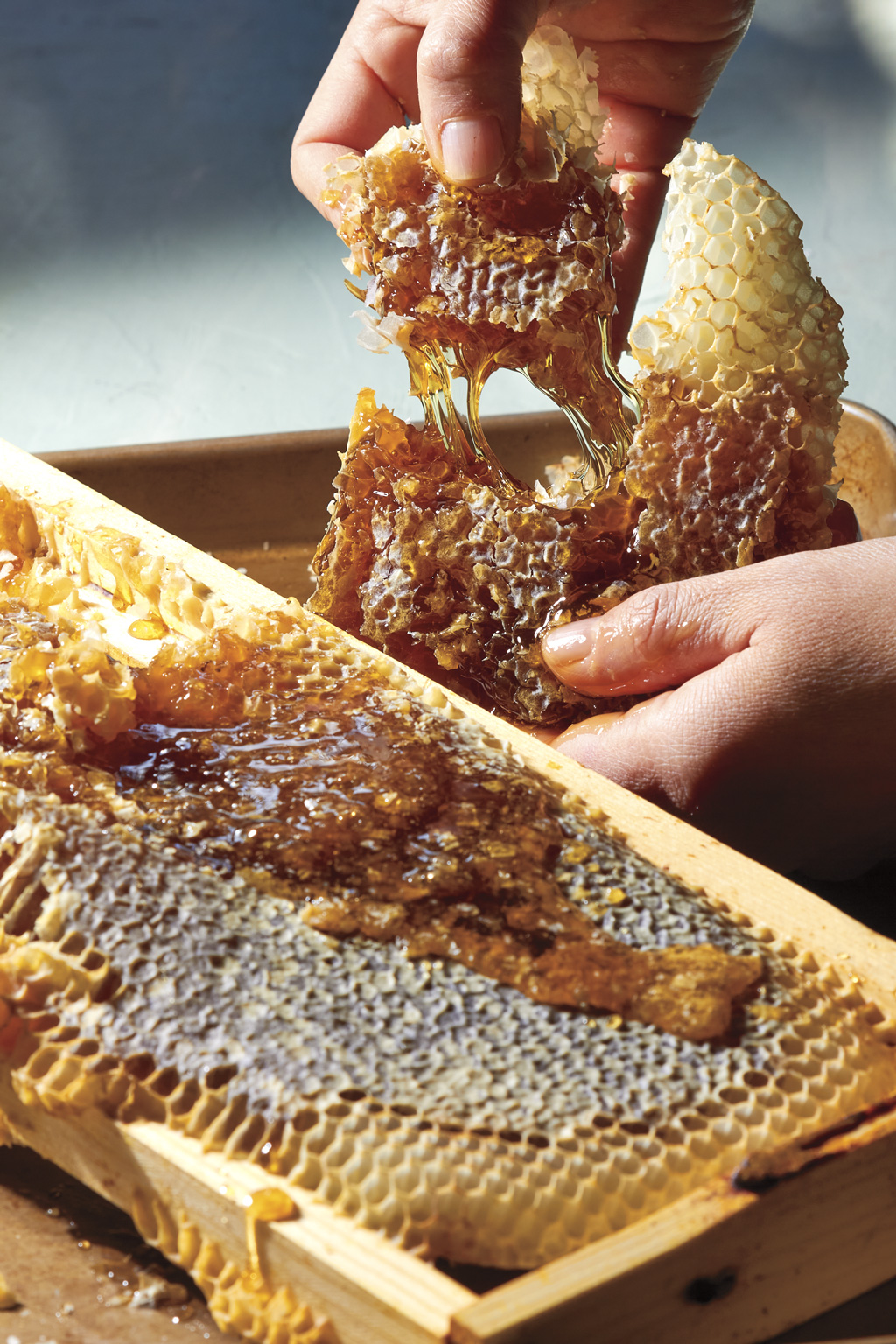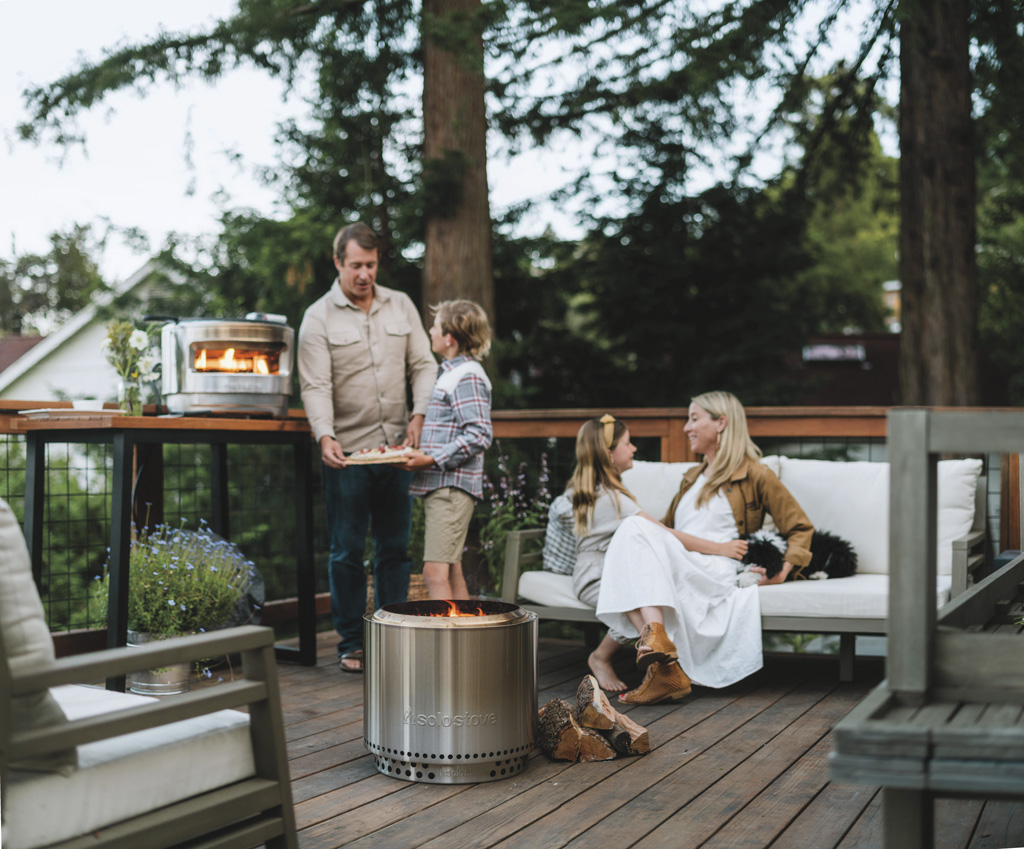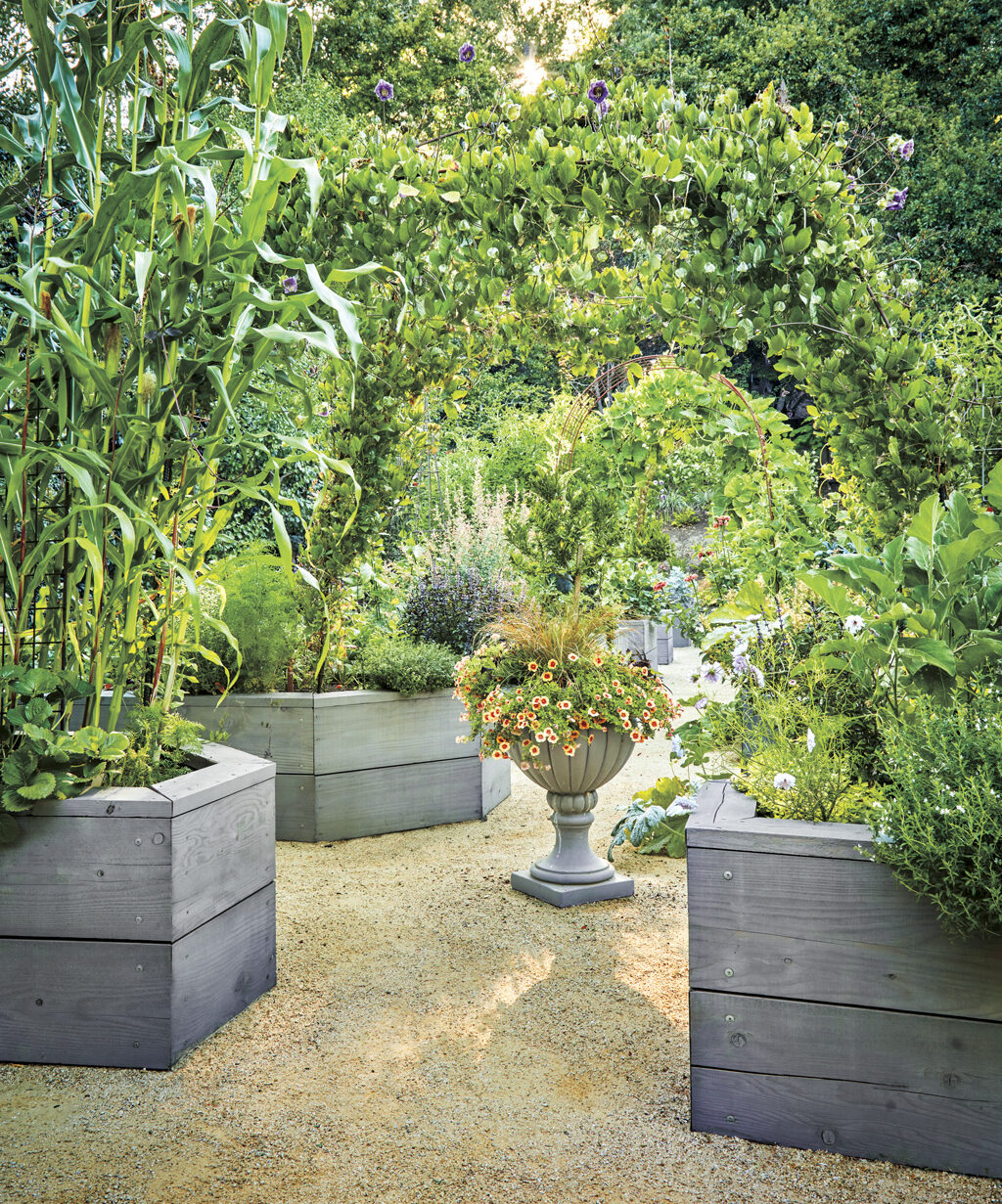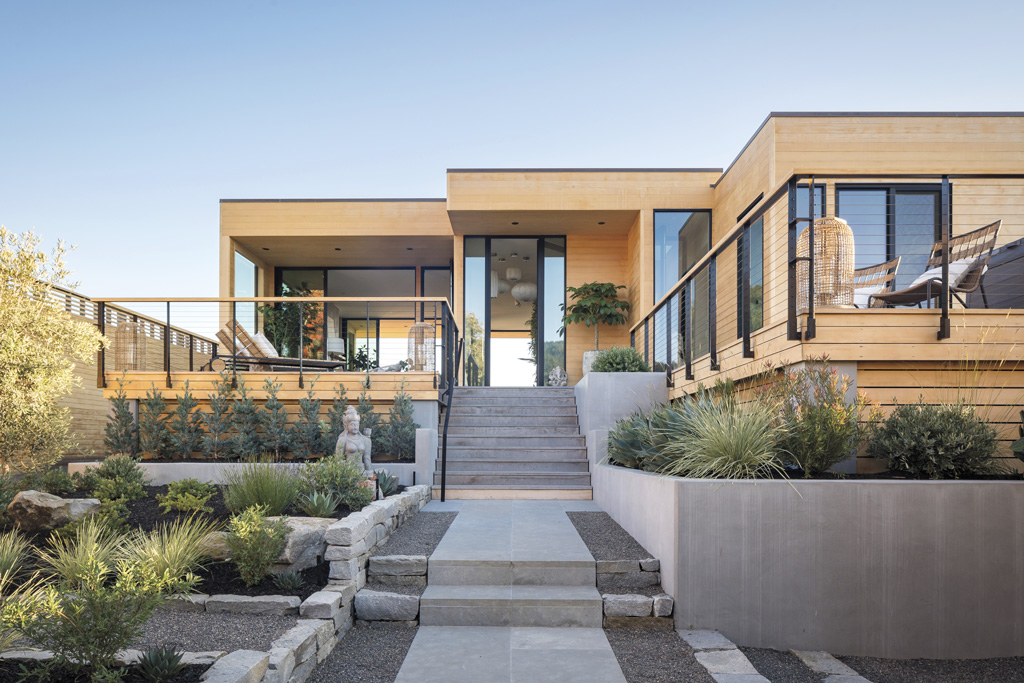Design & Home
How Honeybees Can Transform Your Garden and Your Relationship With the Environment
 Photos by Lorena Masso
Photos by Lorena MassoWhen food and beverage photographer Lorena Masso and her husband moved from San Francisco to Marin, their new residence came with a hive of honeybees. Though unfamiliar with beekeeping, they were intrigued: “The idea of having fresh honey didn’t sound that bad,” Masso says.
Along with watching documentaries and reading on the subject, Masso’s keen observation behind the lens helped her focus in on the hive, magnifying the details of the bees’ biology. “You can see their hair, their eyes, their legs covered in pollen, and how they collect honey. These are some of the things you don’t really see just looking at them [without a camera lens],” Masso says. The more she learned, the more Masso found the bees connecting her to the Marin environment, inspiring her to garden with native and non-pesticide-treated plants and head to the farmers markets for plants and produce that local bees both benefit from and help sustain (bees pollinate 80 percent of flowering plants, including those that produce our food).
To learn more about the practice of beekeeping Masso contacted Bonnie Morse, a Marin-based bee expert who, with her husband, started Bonnie Bee & Company, a supplier of locally bred honeybees and a leader in Marin beekeeping activities. For Morse, working with bees for many years echoes Masso’s experience: “Bees connect you with the environment in ways that other things don’t necessarily. I’ve worked with plants and animals in some capacity my entire life, and I have never felt closer to the environment than I do than when working with honeybees,” Morse says.
Morse sees many ways beyond beekeeping in which locals can help honeybees and gain awareness of Marin’s unique ecosystems. For one, infusing gardens with native plants that provide forage for bees throughout the year is key. Exotic plantings may add pops of color but can be ‘biological dead zones,’ ” says Morse.
Some of Morse’s favorite native options include coyote mint and ceanothus, aka California lilac, and she recommends that people learn more on California Native Plant Society’s website (www.calscape.org) and at local native nurseries. Native seeds such as those at Home Ground Habitats in Novato are another good garden choice. An upcoming Sonoma-Marin Saving Water Partnership Eco-Friendly Garden Tour on May 18 offers an opportunity to get inspired by sustainable landscape design and includes a pollinator habitat garden that Morse helped establish at Dominican University in San Rafael.
Morse also reminds locals to avoid using pesticides: “I see bees killed every year by pesticide. People think something over the counter is safe and it couldn’t be further from the truth.”
For Masso such lessons and practices have transformed not only her own garden, but also her bond with Marin. While bees are essential to local ecosystems and food production, they also draw our attention toward caring for the place where we live. “I never saw myself as a beekeeper, but it has been one of the greatest things I have done,” she says. “It goes beyond having honey; it’s about taking care of them and being more aware of what I’m planting.”








